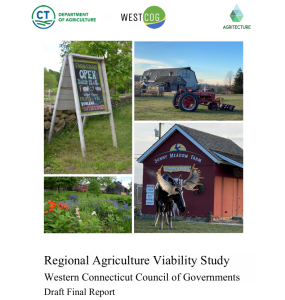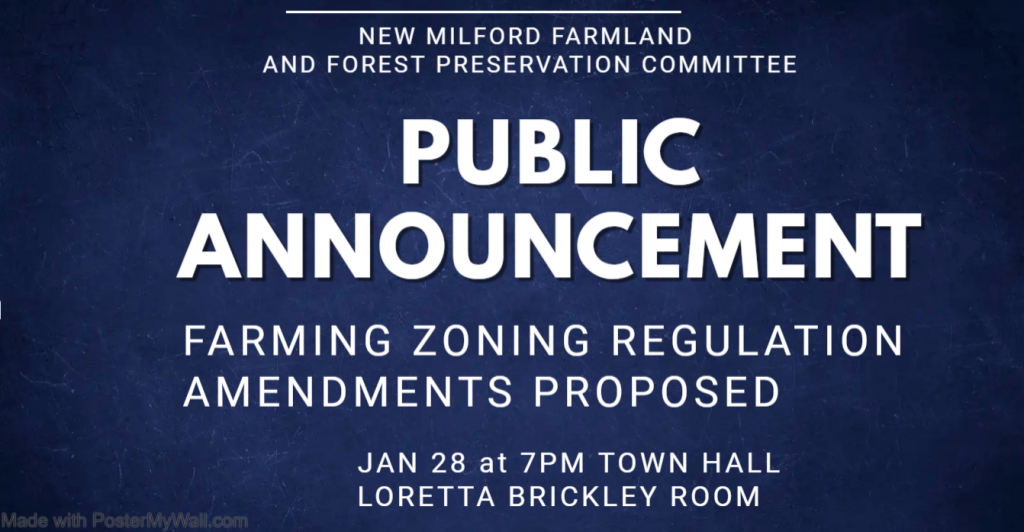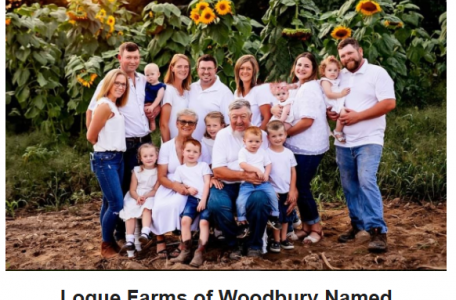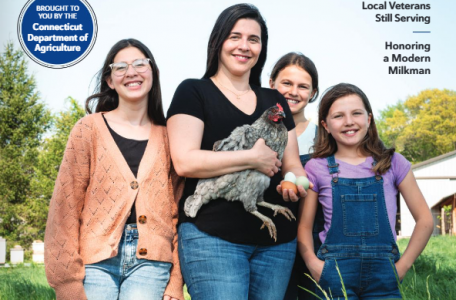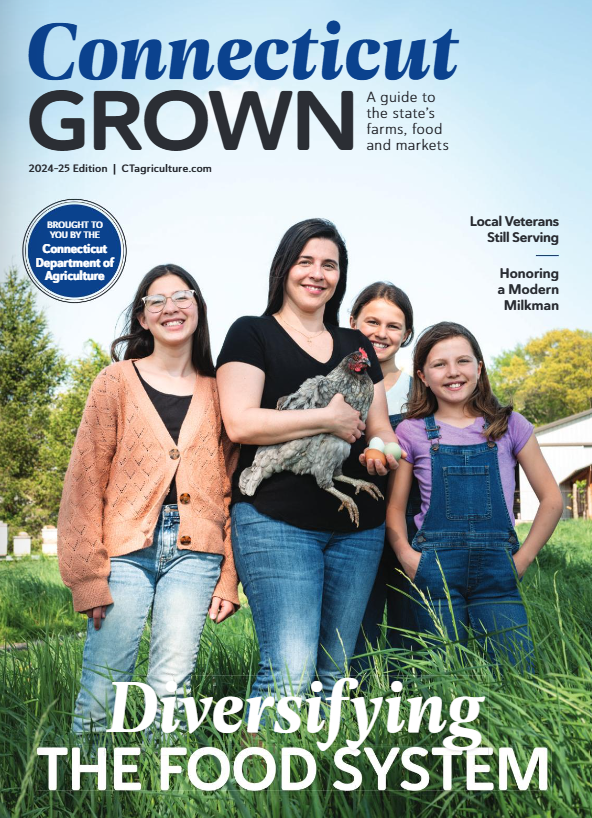CT gets $53M in farm disaster funds; applications could open in fall
After months of negotiations between state and federal officials, Connecticut will receive about $53 million from a federal block grant designed to help small and midsized farmers recoup weather-related crop losses.
Read more here:
CT gets $53M in farm disaster funds; applications could open in fall
